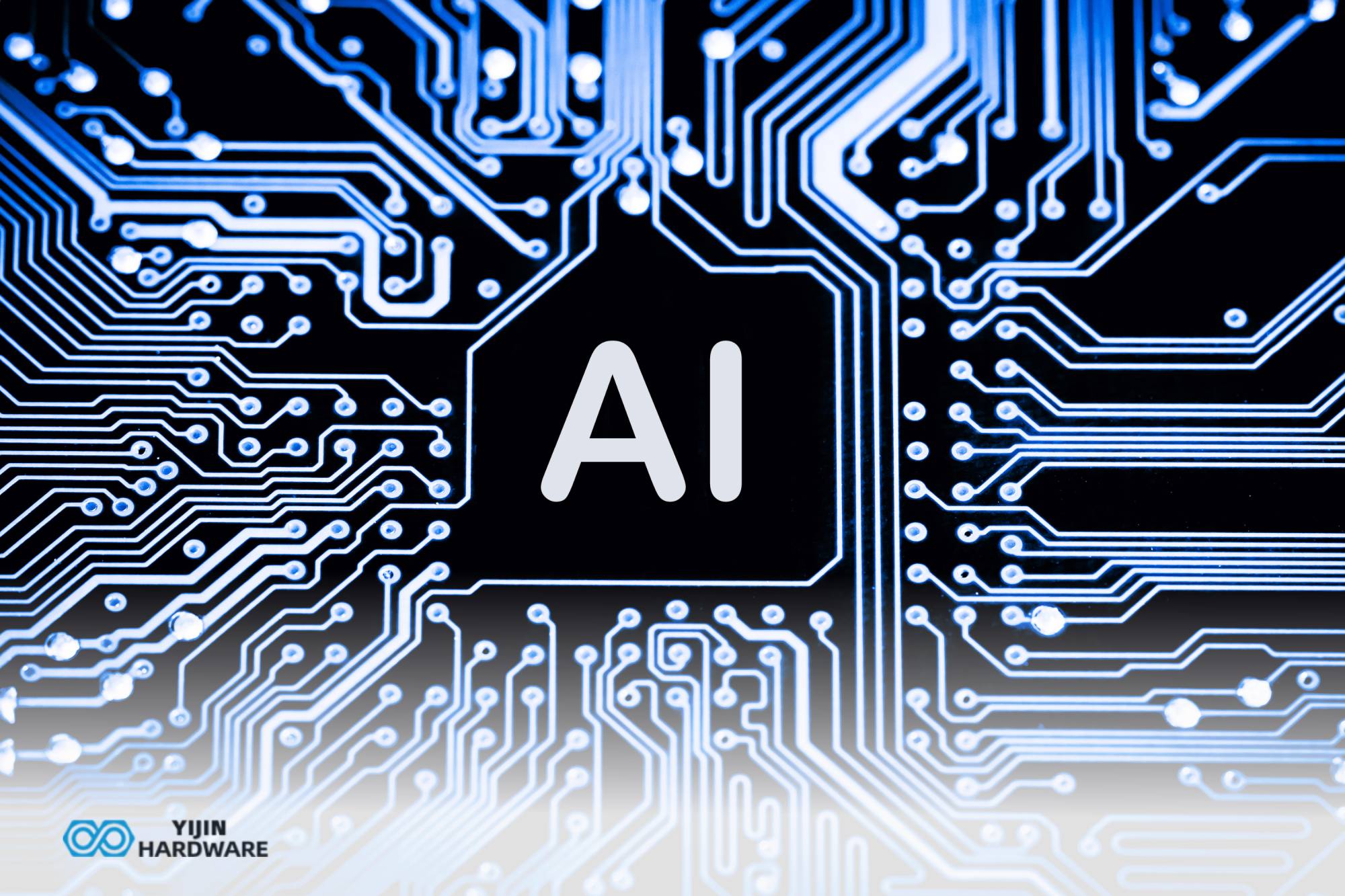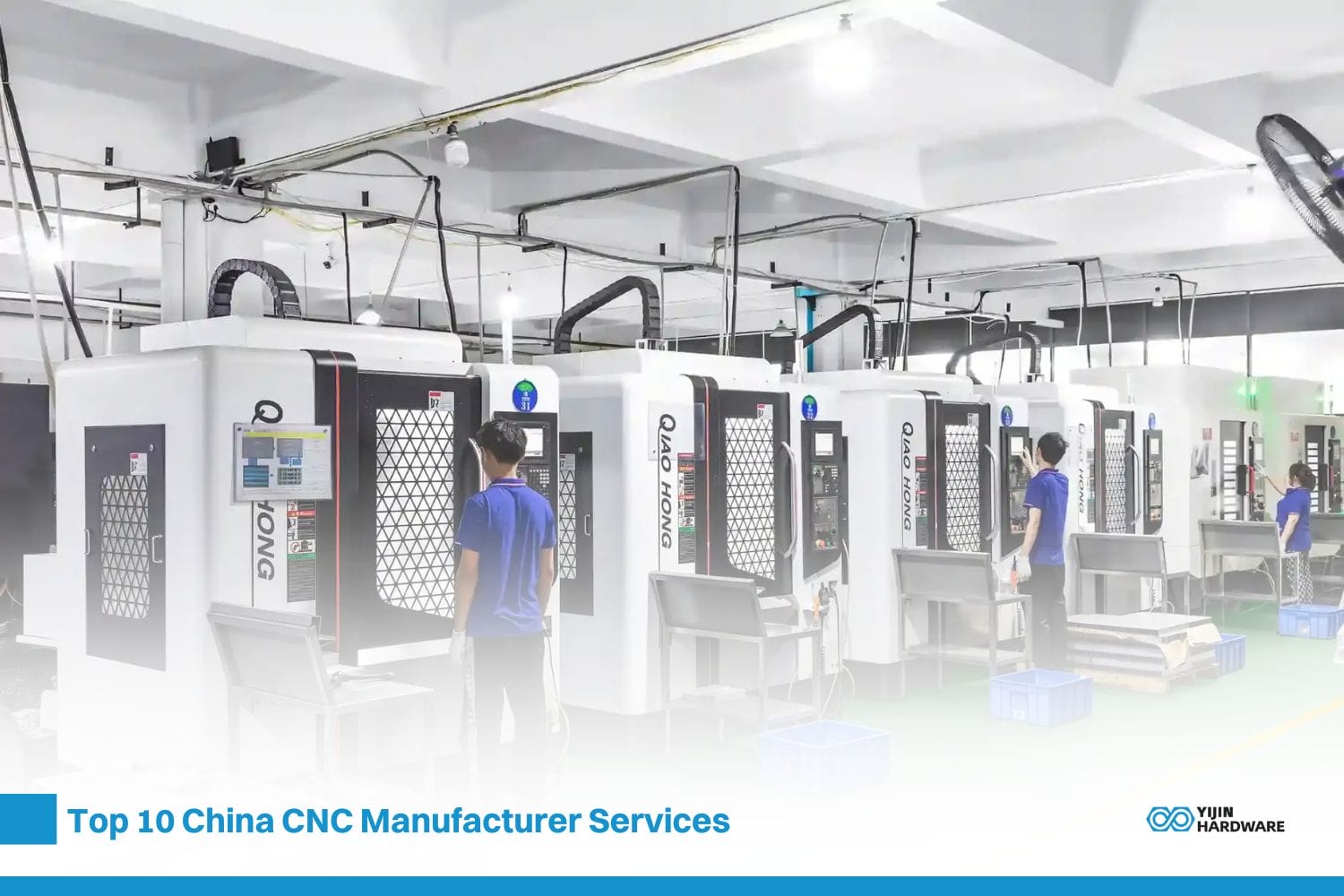Understanding the components of a CNC milling machine is essential for operators, engineers, and anyone involved in the manufacturing process. In this article, we’ll explore the key parts that make up a CNC milling machine and their functions.
What Are the Essential Parts of a CNC Milling Machine?
The essential parts of a CNC milling machine include the frame and base for structural support, the spindle to hold and spin the cutting tool, and a worktable to secure the workpiece. It also requires a 3-axis motion control system with motors and guides, a control unit to manage the machine’s movements, and a basic electrical system for power.
Here’s a breakdown of the absolute essentials:
Frame and Base
The base and frame form the foundation of the CNC milling machine. They are typically made of cast iron or welded steel to provide:
- Stability and rigidity
- Vibration dampening
- Support for all other components
Spindle
The spindle is often considered the heart of the CNC milling machine. It’s responsible for:
- Holding and rotating the cutting tool
- Providing the necessary torque and speed for milling operations
Key features of the spindle include:
- Variable speed control
- High-precision bearings for smooth rotation
- Cooling systems to maintain optimal operating temperature
Worktable
The worktable, also known as the bed, is where the workpiece is mounted. It features:
- T-slots or holes for securing fixtures and workpieces
- Precision-ground surface for accuracy
- Movement along one or more axes (typically the X and Y axes)
Axes and Motion Control System
CNC milling machines typically have at least three axes of motion:
- X-axis: Horizontal movement (left to right)
- Y-axis: Vertical movement (front to back)
- Z-axis: Depth movement (up and down)
More advanced machines may include additional rotary axes:
- A-axis: Rotation around the X-axis
- B-axis: Rotation around the Y-axis
- C-axis: Rotation around the Z-axis
The motion control system includes:
- Servo motors or stepper motors
- Ball screws or linear motors for precise movement
- Encoders for position feedback
Control Unit
The control unit is the brain of the CNC milling machine. It includes:
- A computer with CNC software
- A user interface (often a touchscreen)
- Input devices for programming and operation
The control unit interprets CAD/CAM instructions and coordinates all machine functions.
Electrical Cabinet / Basic Electrical System
The electrical cabinet houses:
- Power supplies
- Motor drives
- Control circuits
- Safety systems
It’s typically separated from the main machine to protect sensitive electronics from dust and vibration.
The six basic components above represent the bare minimum to create a functional CNC milling machine. However, it’s important to note that such a basic setup would have limitations:
- Manual tool changes would be required
- No automatic coolant system (though manual cooling could be applied)
- Limited safety features
- Potentially lower precision and repeatability
- Reduced capability for complex operations
For hobbyist or educational purposes, a basic setup might suffice. However, for professional or industrial applications, the more comprehensive system described in the full article would be necessary to meet production demands, safety standards, and quality requirements.
Advanced Components for Professional and Industrial CNC Milling Machines
In professional and industrial settings, CNC milling machines require additional components beyond the basic setup to meet rigorous production demands, strict safety standards, and high-quality requirements. The following components are considered essential for these advanced applications:
Automatic Tool Changer (ATC)
- Large tool magazine capacity (20+ tools)
- Rapid tool change capabilities to minimize downtime
Sophisticated Coolant System
- High-pressure coolant delivery
- Coolant-through-spindle capability for deep hole drilling
- Filtration and temperature control systems
Chip Management System
- Automated chip conveyors
- Chip augers or vacuum systems for efficient chip removal
Comprehensive Safety Systems
- Full machine enclosure
- Advanced interlocking mechanisms
- Mist collection systems for air quality control
Precision Workholding Solutions
- Hydraulic or pneumatic clamping systems
- Pallet changers for quick job changeovers
Probing and Measurement Systems
- Tool setting probes
- Workpiece probing for in-process measurement and quality control
Enhanced Axis Capabilities
- 4 or 5-axis configurations for complex part machining
- Rotary tables or trunnions for multi-sided machining
Machine Monitoring and Diagnostics
- Integrated sensors for real-time performance monitoring
- Predictive maintenance capabilities
These advanced components ensure higher productivity, improved part quality, enhanced safety, and the ability to machine complex parts with tight tolerances.
Back to Top: CNC Milling Parts

 info@yijinsolution.com
info@yijinsolution.com (+86) 188-2253-7569
(+86) 188-2253-7569






